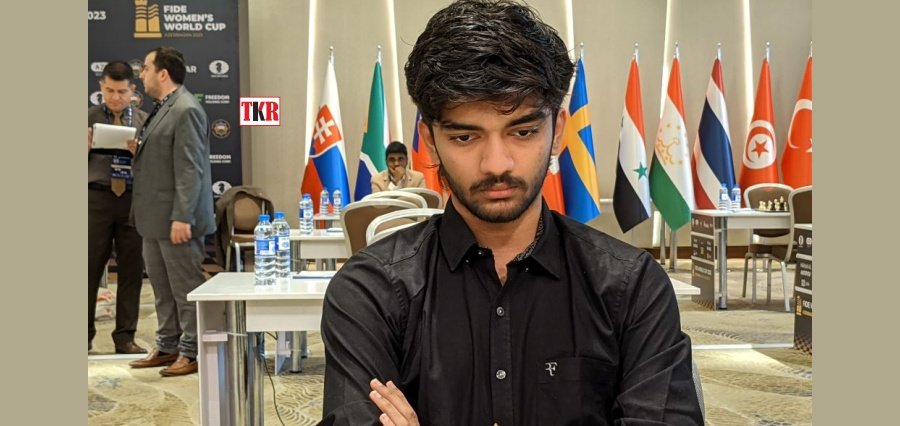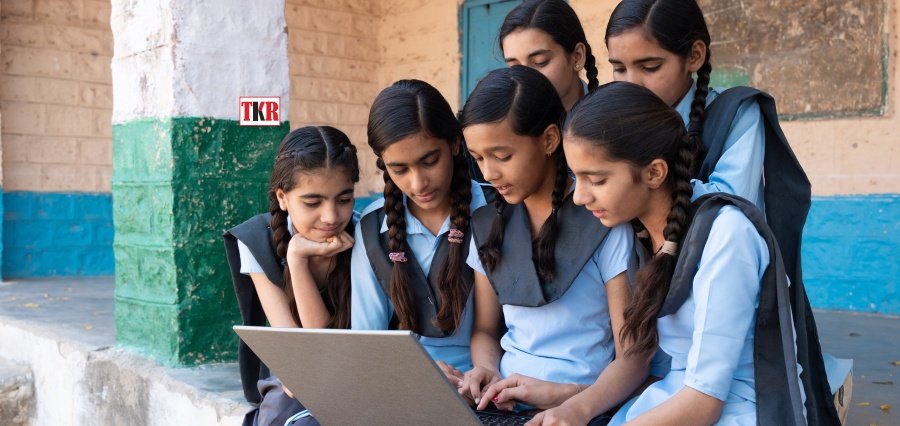Speakers at the India 2047 summit emphasized that to achieve the goal of becoming a developed nation by the year 2047, India needs to increase its investment in AI research along with enhancing education and skilling initiatives.
Skilling and employment were majorly focused on from the long-term vision by the summit. The Ministry of Skill Development and Entrepreneurship, in this regard, has made a roadmap with a goal to upskill trainers with advanced skills and technology and create space for upskilling for the entire workforce.
Sonalde Desai, distinguished university professor emerita at the University of Maryland, urged the need to bring strong AI research capabilities to India. “We should invest in becoming superstars in AI. Why are we not developing large research capacities in this field?” she asked. She also reminded the audience of the importance of manufacturing jobs, which are far less likely to be automated compared with most services and knowledge jobs.
Regarding the job impact, the vice chairman of Teamlease Services Manish Sabharwal said that India is unlikely to be in the same boat as the U.S. On a U.S. scenario where 42% of its labor force contributes only 14% to GDP, he said such dynamics could very well be the existing reality for India.
The estimated contribution of AI to the economy of India by 2035 stands at around $967 billion. “Future of Jobs” has reported by the World Economic Forum found that nearly 75% of the companies surveyed intend to adopt AI in the short term, thus envisioning nearly all job market changes.
Experts in the summit asked governments to eliminate the financial exclusion from education and to increase the public spending on this subject. Sabharwal said that even after the summit, the existing problems of funding were still not sorted out; he claimed, “We have innovated in curriculum and training, but we haven’t resolved the question of who pays”.
Rajendra Singh Pawar, chairman and co-founder, NIIT Group said that, “Now the government has to take on the responsibility for that huge section of people”.
India is now grappling between the dual challenge of scarcity for skilled labor and unemployment of youths. The India Employment Report 2024 informs that while its working age population reached 64% in 2021, participation of youth in economic activities declined to 37 percent in the year 2022. Furthermore, an unemployment rate of 8 percent in the year 2023 presents a critical situation that requires long-term strategic interventions in education and skilling.
Read More: https://theknowledgereview.in/





